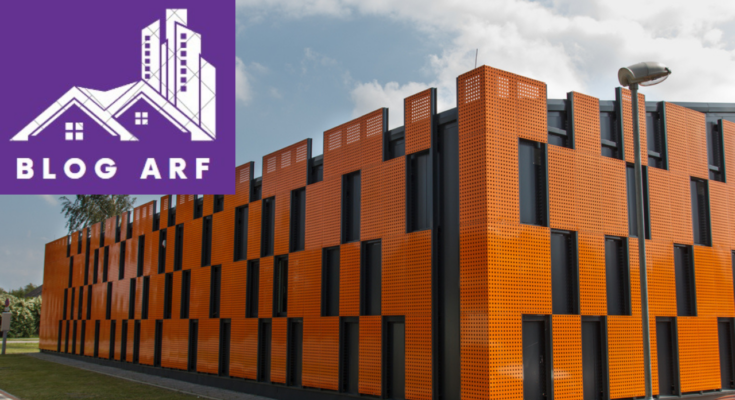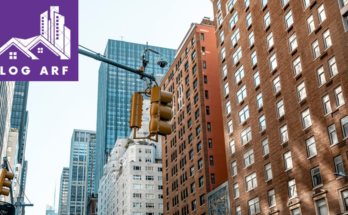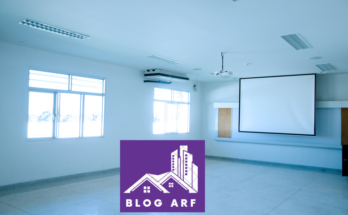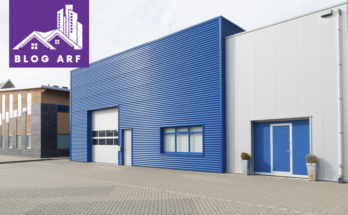Steel building colors perform a dynamic part in the aesthetics and functionality of structures made from steel materials. Defined as the types and finishes applied to steel surfaces, these colors serve both practical and aesthetic purposes.
They contribute to the overall design scheme and enhance the visual appeal of buildings while also providing protection against corrosion and weathering. The importance of steel building colors lies in their ability to reflect heat, reduce energy costs and balance pleasantly with surrounding environments.
The evolution of steel building colors has seen significant advancements over time. Initially limited to basic shades like grey and beige. The palette has expanded to include a wide range of vibrant types and specialized finishes. This evolution has been driven by technological innovations in coating materials and application techniques as well as changing architectural trends and consumer preferences.
Today, steel building colors are carefully selected to complement architectural designs, corporate branding and environmental surroundings. With options ranging from traditional to contemporary steel, building colors continue to evolve to meet the diverse needs of builders, designers and property owners.
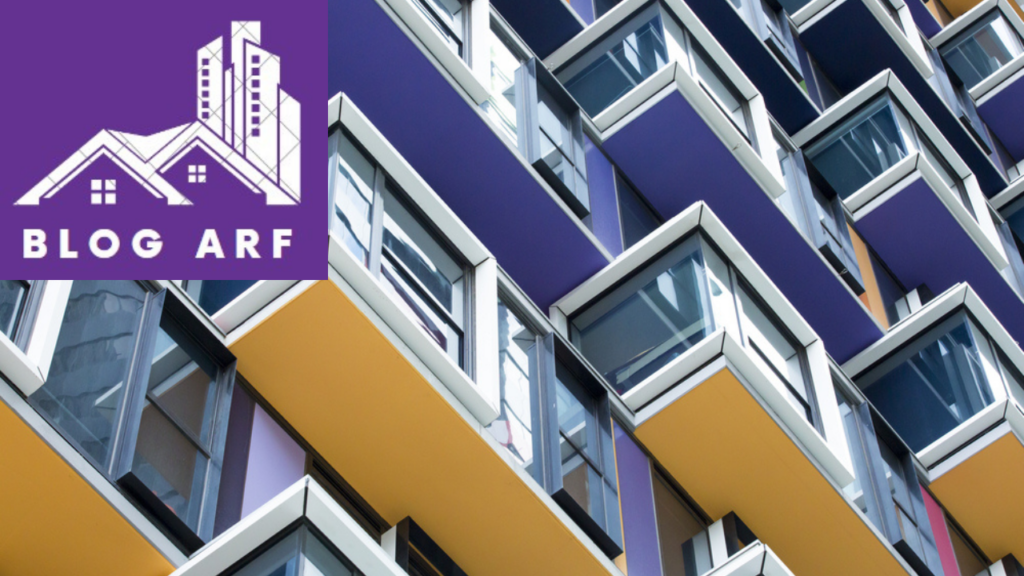
Factors to Consider When Choosing Steel Building Colors
When selecting steel building colors, it is important to consider factors like the building’s surroundings, climate and intended use. The color should complement the landscape and blend harmoniously with neighboring structures. Additionally, choosing lighter shades can help reflect heat in warmer climates, while darker colors absorb heat making them suitable for colder regions. Balancing aesthetics with practicality ensures a visually attractive and functional choice for your steel building.
Purpose of the Building:
Consider how the building will be used. For example, a commercial warehouse might benefit from neutral colors for a professional look while a recreational facility might want vibrant colors to attract attention.
Surrounding Environment:
Take into account the surrounding landscape and structures. Choose colors that complement rather than clash with the environment and ensure the building blends in pleasantly.
Climate and Weather Conditions:
Consider the climate of the area including sunlight intensity and temperature fluctuations. Lighter colors reflect heat better which can help regulate indoor temperatures in warmer climates.
Branding and Identity:
Reflect the brand or identity of the business or organization. Choose colors that align with existing branding elements such as logos or signage to maintain consistency and emphasize brand recognition.
Maintenance Requirements:
Evaluate the maintenance needs of different color options. Lighter colors may show dirt and stains more easily but might require less frequent cleaning. While darker colors can hide dirt but may need more maintenance to prevent fading.
Long-Term Durability:
Select colors that are resistant to fading, peeling and oxidation. High-quality finishes and coatings can help extend the lifespan of the building’s appearance and reduce the need for frequent repainting.
Energy Efficiency:
Consider the energy efficiency implications of color choices. Lighter colors can help reduce solar heat gain, potentially lowering cooling costs in warm climates, while darker colors may absorb more heat, increasing heating costs in colder climates.
Local Regulations and Restrictions:
Check local zoning regulations and building codes for any restrictions or guidelines regarding building colors. Ensure compliance with any requirements to avoid potential legal issues or fines.
Architectural Style:
Take into account the architectural style and design of the building. Choose colors that enhance the aesthetic appeal and architectural features whether it’s a modern industrial structure or a traditional store.
Neighbourhood Aesthetics:
Consider the overall aesthetic of the neighborhood or area where the building is located. Choose colors that contribute positively to the graphical landscape and match with neighboring structures.
Future Expansion or Modifications:
Anticipate future expansion or modifications to the building. Select colors that will remain versatile and adaptable to changes in use or additional construction without clashing with existing colors.
Personal Preference:
Ultimately, consider personal preferences and tastes. While practical considerations are important, choosing colors that resonate with personal preferences can create a more enjoyable and satisfying environment for occupants and visitors alike.
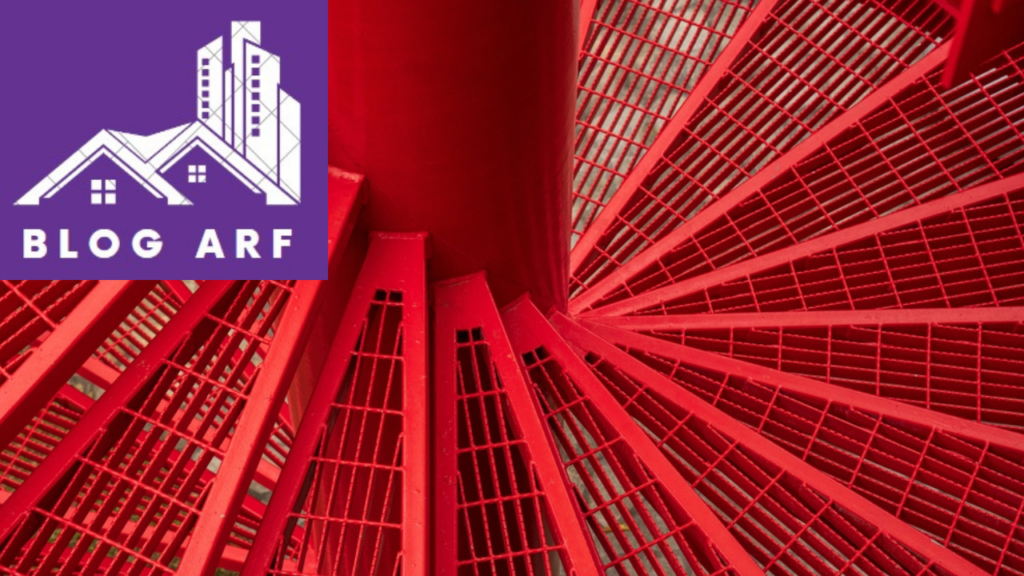
Popular Steel Building Color Combinations
Popular steel building color combinations often feature neutral tones like gray, beige and white paired with bold accents such as red, blue or green. These combinations provide a modern and visually appealing aesthetic while allowing for customization to uniform various architectural styles and preferences. Additionally, incorporating steellic finishes like silver or bronze can add a touch of superiority to the overall design scheme.
Classic Combination:
Pairing neutral colors like gray or beige with a bold accent color like red or blue creates a timeless look that suits various architectural styles.
Modern Contrast:
Contrasting colors such as black and white or dark gray and light gray add a contemporary flair enhancing the building’s graphical application with sleek lines and sharp contrasts.
Natural Tones:
Earth-inspired varieties like brown, tan and green suggest a sense of harmony with the surrounding environment combination seamlessly into natural landscapes.
Industrial Chic:
Utilizing metallic shades like silver, bronze or copper alongside darker tones like charcoal or navy blue creates an industrial aesthetic perfect for urban settings or modern commercial spaces.
Vibrant Palette:
Selecting for vibrant colors such as yellow, orange or bright blue injects energy and personality into the building making it stand out and display a lively atmosphere.
Monochromatic Elegance:
Sticking to varying shades of a single color such as different tones of gray or blue, offers a stylish and cohesive appearance, stressing simplicity and elegance in design.
Tips for Selecting the Right Steel Building Color Schemes
Selecting the right steel building color schemes requires considering the building’s surroundings and purpose. Matching with the environment enhances aesthetic appeal and integration. Additionally, choosing colors that reflect light can optimize energy efficiency and comfort within the structure.
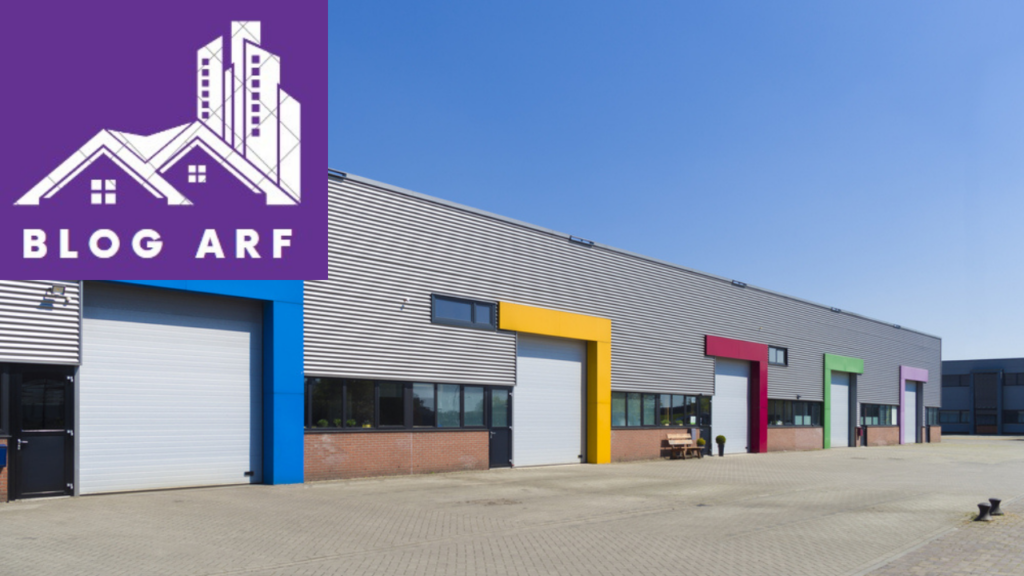
- Consider the environment where the building will be located.
- Take into account the climate of the area.
- Choose colors that complement the surrounding landscape.
- Keep in mind the building’s purpose and function.
- Think about how the colors will affect the building’s energy efficiency.
- Consider the building’s architectural style.
- Take note of any local regulations or restrictions on building colors.
- Think about the building’s visibility from different angles.
- Consider the branding or identity of the business if applicable.
- Test color samples in different lighting conditions.
- Choose colors that won’t show dirt or stains easily.
- Balance bold and neutral colors for visual interest.
- Consider the psychological effects of different colors.
- Keep maintenance in mind when selecting colors.
- Take inspiration from nearby buildings or structures.
- Consider the long-term durability of the chosen colors.
- Think about how the colors will age over time.
- Consider the resale value of the building.
- Choose colors that enhance the building’s curb appeal.
- Think about how the colors will affect the building’s resale value.
- Consult with a professional designer if needed.
- Don’t be afraid to mix and match colors for a unique look.
- Consider how the colors will reflect sunlight.
- Take feedback from stakeholders into account.
- Trust your instincts and choose colors that feel right for the project.
Maintenance of Steel Building Colors
Maintaining the colors of steel buildings is essential for preserving their appearance and longevity. Regular cleaning and inspection help prevent corrosion and fading. Applying protective coatings as needed ensures vibrant colors and enhances the building’s overall aesthetic appeal.
Cleaning Procedures:
Regularly wash the steel building with mild soap and water to remove dirt and debris. Avoid rough cleaners that could scratch or dull the surface.
Inspection Routine:
Conduct periodic inspections to identify any signs of rust, corrosion or fading. Address any issues promptly to prevent further damage.
Protective Coatings:
Apply protective layers or sealants to maintain the animation and integrity of the steel surface. Choose products specifically designed for steel buildings.
Rust Prevention:
Treat any rust spots immediately with a rust converter or primer to break corrosion. Regularly check weak areas such as joints and seams for signs of decomposition.
Environmental Considerations:
Be mindful of environmental factors such as pollution, salt spray and UV exposure. Take appropriate measures to shield the steel from harsh elements.
Professional Maintenance:
Consider hiring professional maintenance services for thorough inspections and treatments. Experts can offer personalized solutions to preserve the color and condition of your steel building.
Future Outlook for Interior and Exterior Steel Building Colors
The future outlook for interior and exterior steel building colors is promising with trends oriented towards bold and innovative choices. Expect to see a shift towards deeper richer shades for exteriors such as dark blues, greens and even blacks to make a statement and enhance curb appeal.
Interior color palettes will likely focus on creating inviting and dynamic spaces with warm neutrals like taupe and beige complemented by pops of vibrant colors like mustard yellow or mud for inflections. Additionally, eco-friendly and sustainable paint options will gain popularity aligning with the growing demand for environmentally conscious building materials.

Texture and finish experimentation will also perform an important part with matte and steellic finishes adding depth and visual interest to both interior and exterior surfaces. Overall, the future of steel building colors promises to be diverse, bold and environmentally conscious.
Bottom Lines
Steel building colors are essential for both aesthetics and functionality. The changing coloring offers a wide range of options to suit diverse needs. Considerations such as environment, climate and purpose are important for selecting the right colors. Maintenance is key to preserving the animation and longevity of steel surfaces.
Looking ahead expect to see bold choices and eco-friendly options shaping the future of steel building colors. Embracing innovation and sustainability will drive the evolution of interior and exterior color schemes.
Overall, the future outlook promises a dynamic blend of creativity, functionality and environmental consciousness in steel building design.
FAQs
What are some innovative steel building color options emerging in the market?
In recent years, manufacturers have introduced innovative steel building color options such as steellic finishes, textured coatings, and gradient effects, allowing for greater customization and visual interest.
How can I ensure that the steel building color I choose is environmentally friendly?
Look for coatings that are certified as low-VOC (volatile organic compounds) and meet sustainability standards such as LEED (Leadership in Energy and Environmental Design). Additionally, opt for recyclable materials to minimize environmental impact.
Are there any special considerations for maintaining steel building colors in coastal areas?
Coastal environments pose unique challenges due to saltwater exposure and high humidity levels, which


